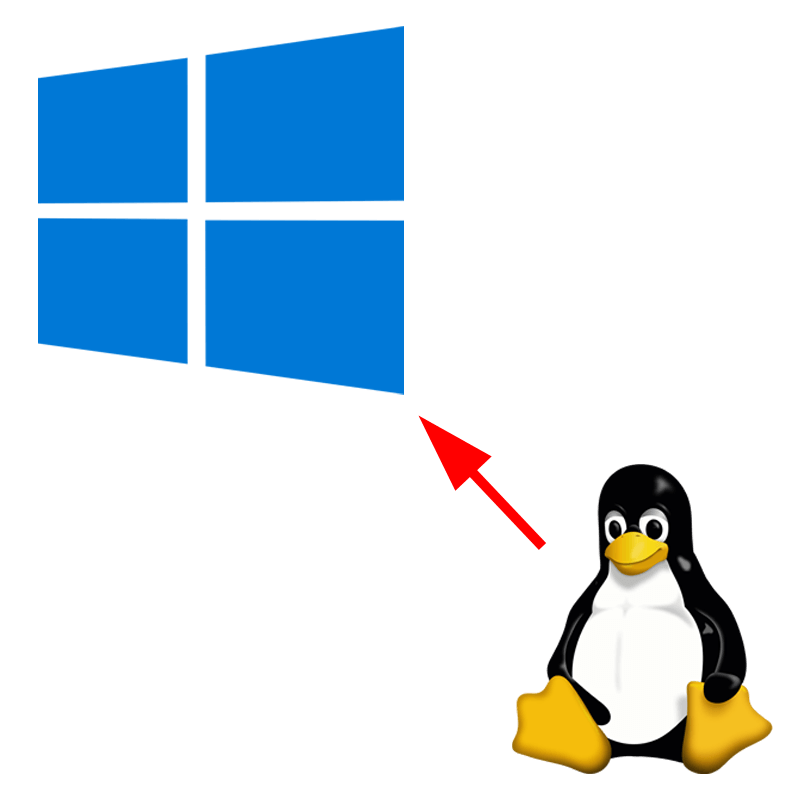
Microsoft is going to ship a full Linux kernel in Windows 10
"Microsoft has surprised many in the Linux developer community in recent years. Surprises have included bringing things like the Bash shell to Windows, or native OpenSSH in Windows 10, and even including Ubuntu, SUSE Linux, and Fedora in the Windows Store. Microsoft is now going even further, with plans to ship a full Linux kernel directly in Windows 10."
https://www.theverge.com/2019/5/6/18534687/microsoft-windows-10-linux-kernel-feature
This is a big step for Microsoft to incorporate the Linux kernel into the Windows Subsystem. When first presented with the Linux threat, under the leadership of Steve Balmer, Microsoft opposed Linux at every stop. Since Balmer's departure, Microsoft has embraced Linux, now to the extent that a version of the core of Linux will be a core of Windows.
What is described as the Linux kernel is a different OS architecture than Windows 10. See https://www.techrepublic.com/blog/10-things/10-fundamental-differences-between-linux-and-windows/
For example, in Windows 10, the entire system is running one giant loop of processes. When the user starts a new process of interrupts a process, the loop is altered and re-adjusted so that everything runs again. This loop is the reason why Windows will sometimes seem like it freezes, only to come back under control seconds later or even minutes later; the os has cycled through a loop of process, and it's back at whatever task the user was trying to accomplish.
In Linux, on the other hand, a process called a daemon is like a clock that keeps the system running at full speed. As the user starts and stops tasks, the daemon allocates resources to the new task, but in such a way that it doesn't affect the user's ability to interface with the computer. The windows, os, typing, clicking, etc, still work with no problem, even under heavy loads on the computer.
So, what does incorporating the Linux kernel into Windows 10 do?
The first and most important feature is that it presumably allows users to run Linux applications natively on Windows in the separate userspace described in the article. This will be a huge win for developers as an entire universe of free software and open source software exists that only runs on Linux natively.
Also, it should break down the silos of data between the two systems. Linux is used primarily as servers first, rather than user systems. This is due to their superior functionality compared with Windows for server tasks. However, Windows and macOS have superior user experiences because of all of the development designated to an improved experience.
With this blend of Windows 10 and the Linux kernel, Microsoft may be able to enjoy the best of both worlds in a long-term future.
As a side note, when Apple changed from PowerPC to OSX, when Steve Jobs was re-hired along with NeXT Computers, that process was the same change that Microsoft is attempting to grandfather into its product. Apple computers are already based on a Linux distribution: Berkely Software Distribution (BSD).